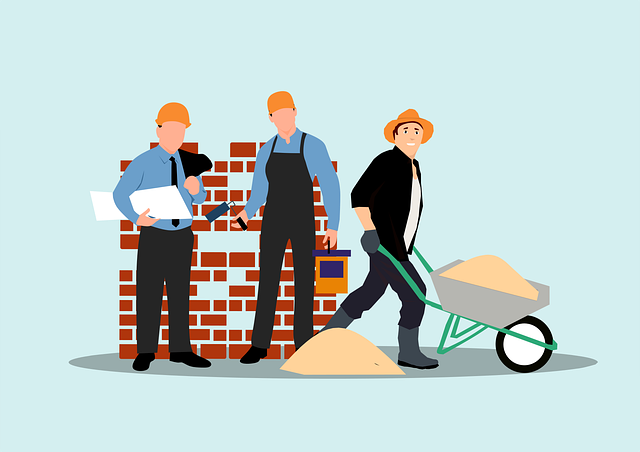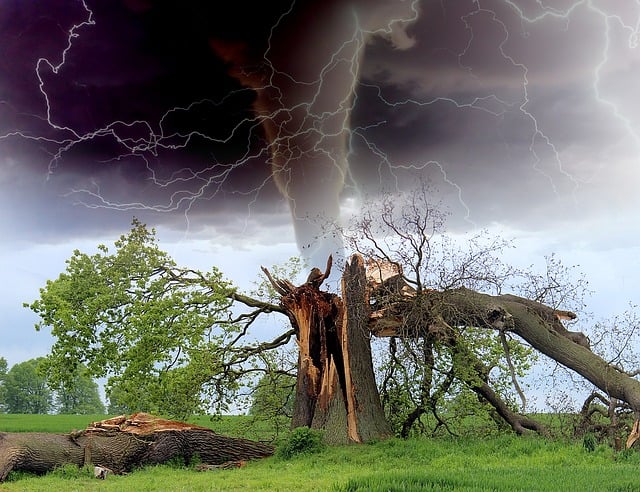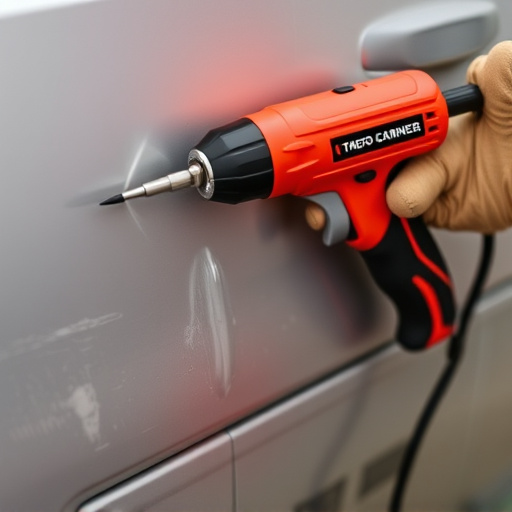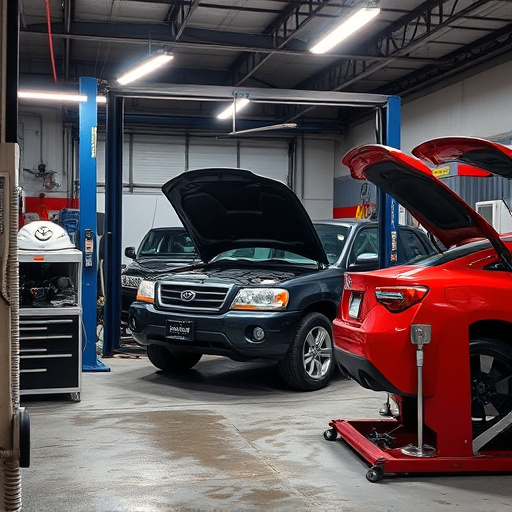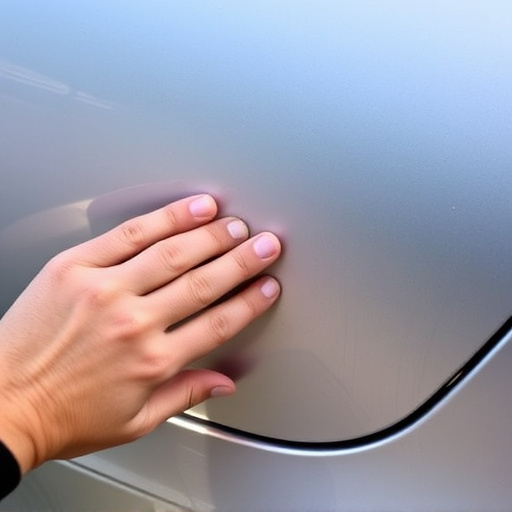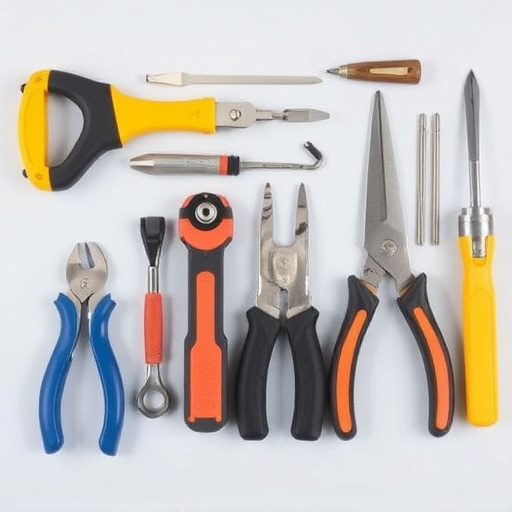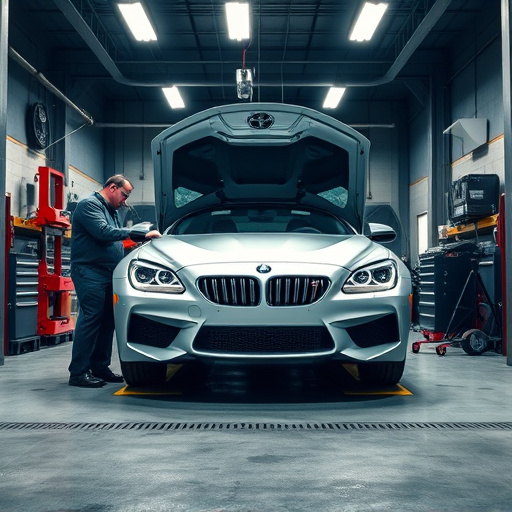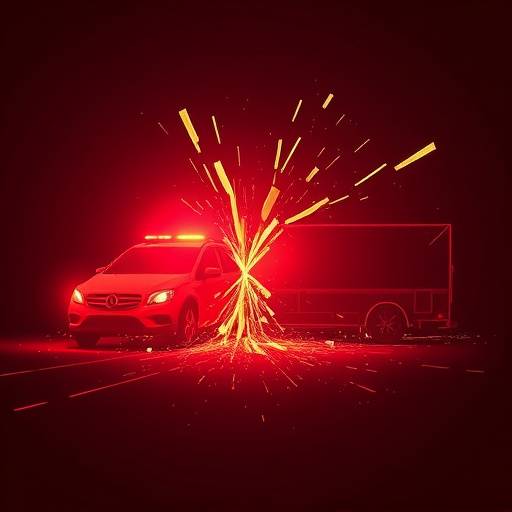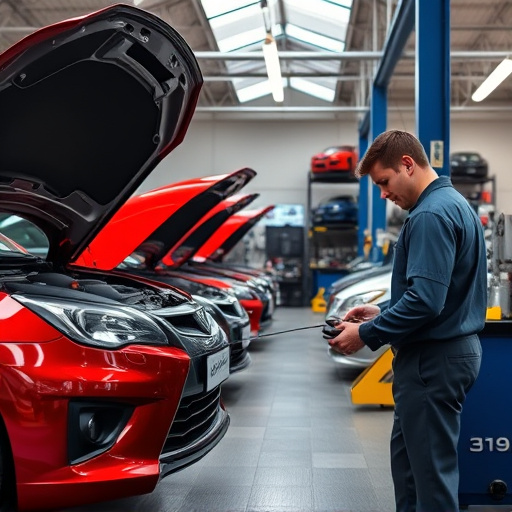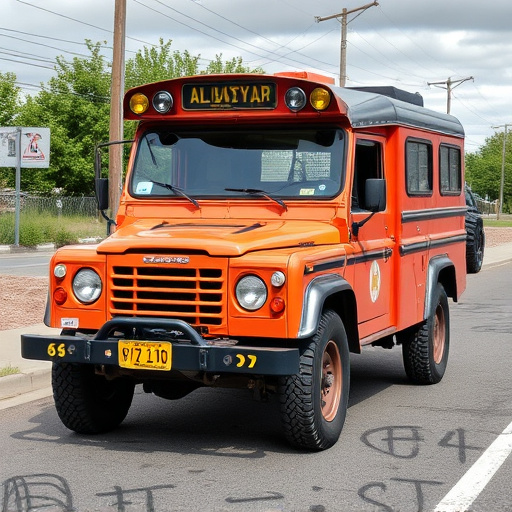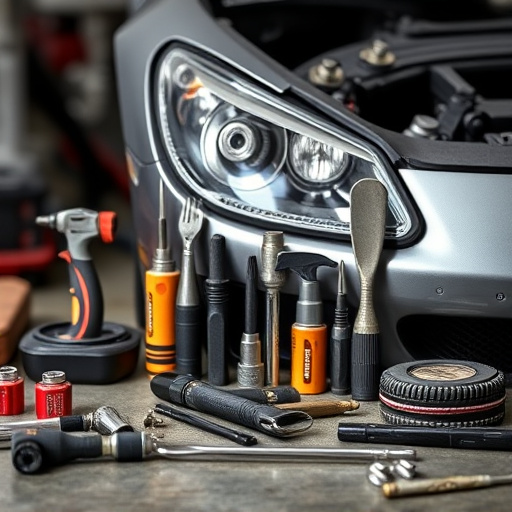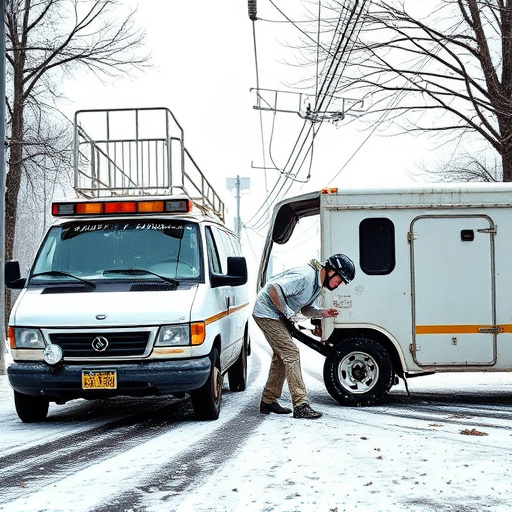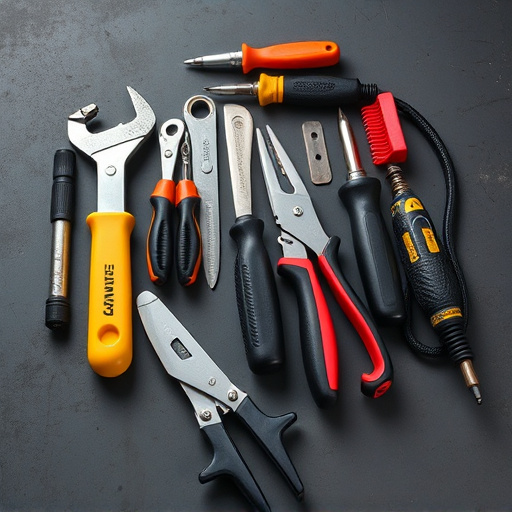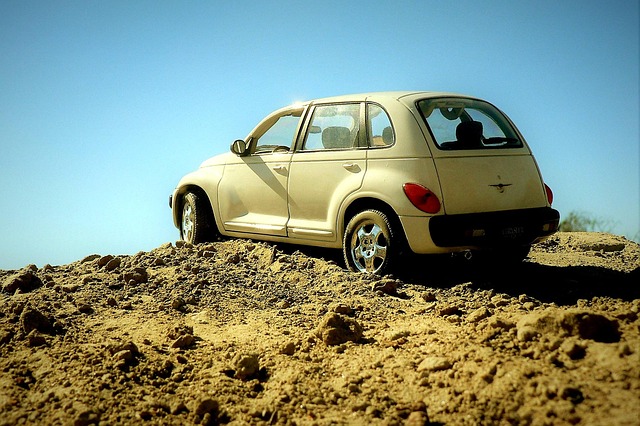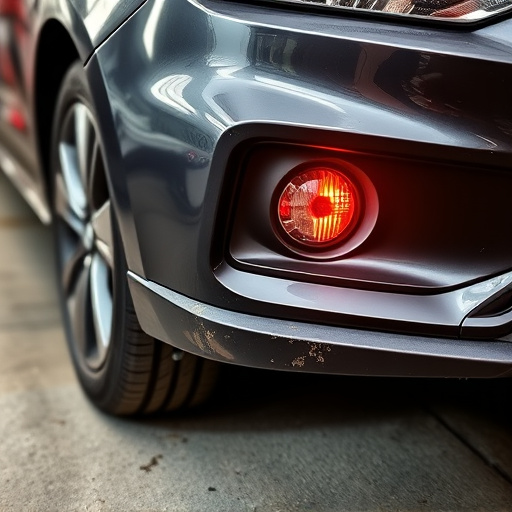Plastic bumper cover repair involves skilled technicians using advanced tools to match material properties and original paint finishes. Meticulous measurement, scanning, and airbrush application ensure seamless integration with vehicle design. Proper paint curing and protective coatings enhance longevity, guaranteeing durable restoration for top-tier collision repairs.
“Uncover the secrets behind seamless paint matching in bumper cover repairs with our comprehensive guide. Plastic bumper covers, a common automotive exterior feature, require meticulous care during restoration. We explore the materials and composition of these modern components, delving into the science of paint matching—a crucial aspect of auto body repair. From advanced techniques and specialized tools to ensuring longevity through proper application and curing, this article is your go-to resource for understanding plastic bumper cover repairs.”
- Understanding Plastic Bumper Covers: Materials and Composition
- The Process of Paint Matching: Techniques and Tools
- Ensuring Longevity: Applying and Curing Repaired Bumper Covers
Understanding Plastic Bumper Covers: Materials and Composition
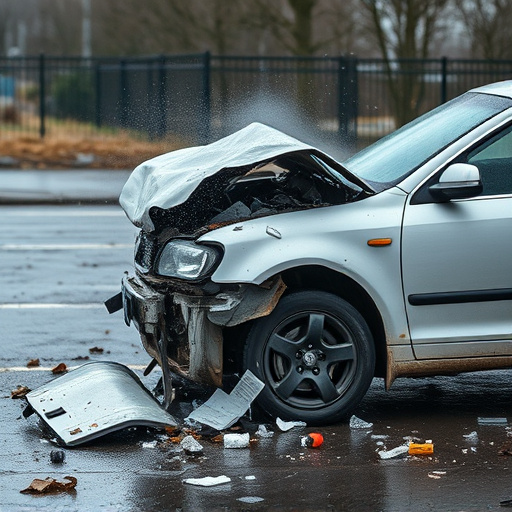
Plastic bumper covers are an integral part of modern vehicles’ external aesthetics and safety features. These covers, designed to protect the car’s front or rear ends in case of minor collisions, are typically made from durable polypropylene or similar thermoplastic materials. The composition of these plastics involves a blend of resins, additives, and colorants that provide strength, flexibility, and visual appeal. Understanding the material properties is crucial when it comes to effective plastic bumper cover repair.
The surface layer often features a smooth, glossy finish achieved through advanced extrusion or injection molding techniques. This top layer hides minor scratches and imperfections, maintaining the vehicle’s overall look. Beneath this, a core structure provides structural integrity, absorbing impact energy during collisions. Skilled technicians in collision repair must consider these material variations to ensure precise matching during bumper repairs, ensuring not just visual restoration but also maintaining the car’s safety capabilities.
The Process of Paint Matching: Techniques and Tools
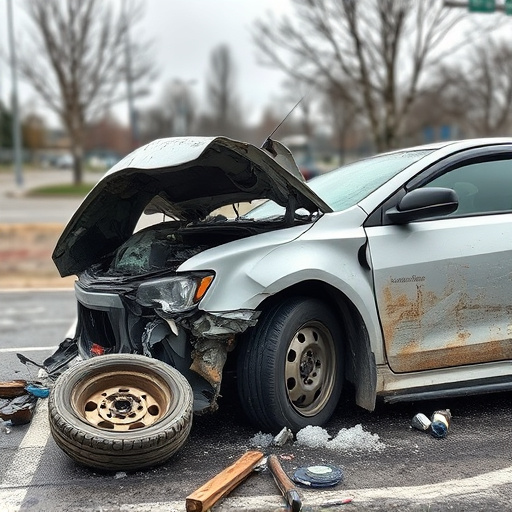
The process of paint matching is a crucial step in plastic bumper cover repairs, ensuring that the repaired area seamlessly blends with the original vehicle’s finish. Skilled technicians employ various techniques and tools to achieve an accurate match. Initially, they carefully inspect the damaged bumper to determine the exact shade and type of paint required. This often involves taking precise measurements and comparing them with the manufacturer’s color specifications.
Advanced tools like paint analyzers and spectrometers play a vital role in this process. These devices scan the existing paint and provide an exact digital match, ensuring the new paint is identical to the original. Technicians then apply the matching paint using specialized equipment, such as airbrushes, which allow for precise control over the application rate and pressure. This meticulous approach ensures that every imperfection is minimized, resulting in a professionally restored plastic bumper cover that matches seamlessly with the vehicle’s overall design, whether it’s for a Mercedes-Benz collision repair or any other car make at a reputable car repair shop.
Ensuring Longevity: Applying and Curing Repaired Bumper Covers
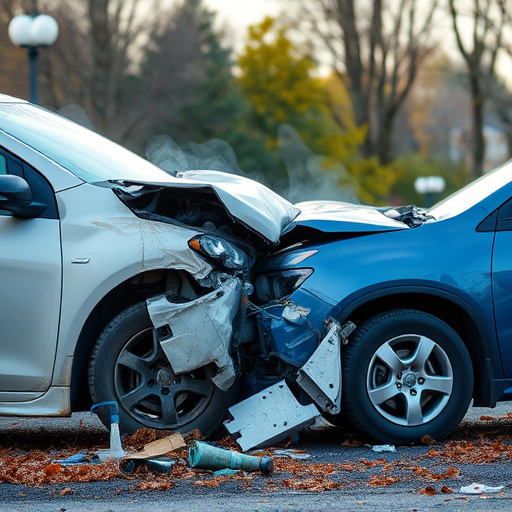
After successfully matching and repairing the plastic bumper cover, the next crucial step is ensuring its longevity through proper application and curing. This process involves carefully applying the matched paint, allowing it to adhere correctly to the repaired surface. The automotive body shop’s skilled technicians will follow specific guidelines for drying and curing times, as different paints have varying requirements. Adequate curing ensures that the repair holds up under various weather conditions and everyday wear and tear.
A key aspect of this stage is maintaining the integrity of the repair. This includes minimizing exposure to dirt, dust, and moisture during the curing process. Auto body services often employ protective coatings or sealants after painting to further safeguard against environmental factors that could impact the long-term durability of the plastic bumper cover repair. In an automotive restoration, achieving a strong, lasting bond is essential to restore the vehicle’s original appearance and protect its investment.
In conclusion, mastering paint matching in plastic bumper cover repairs is a delicate yet rewarding process. By understanding the unique materials and composition of these automotive components, along with employing precise techniques and tools, you can achieve seamless and long-lasting repairs. Following best practices for application and curing ensures your repaired bumper covers not only match the original finish but also withstand the test of time, enhancing vehicle aesthetics and resale value. For effective plastic bumper cover repair, knowledge and meticulousness are key.
